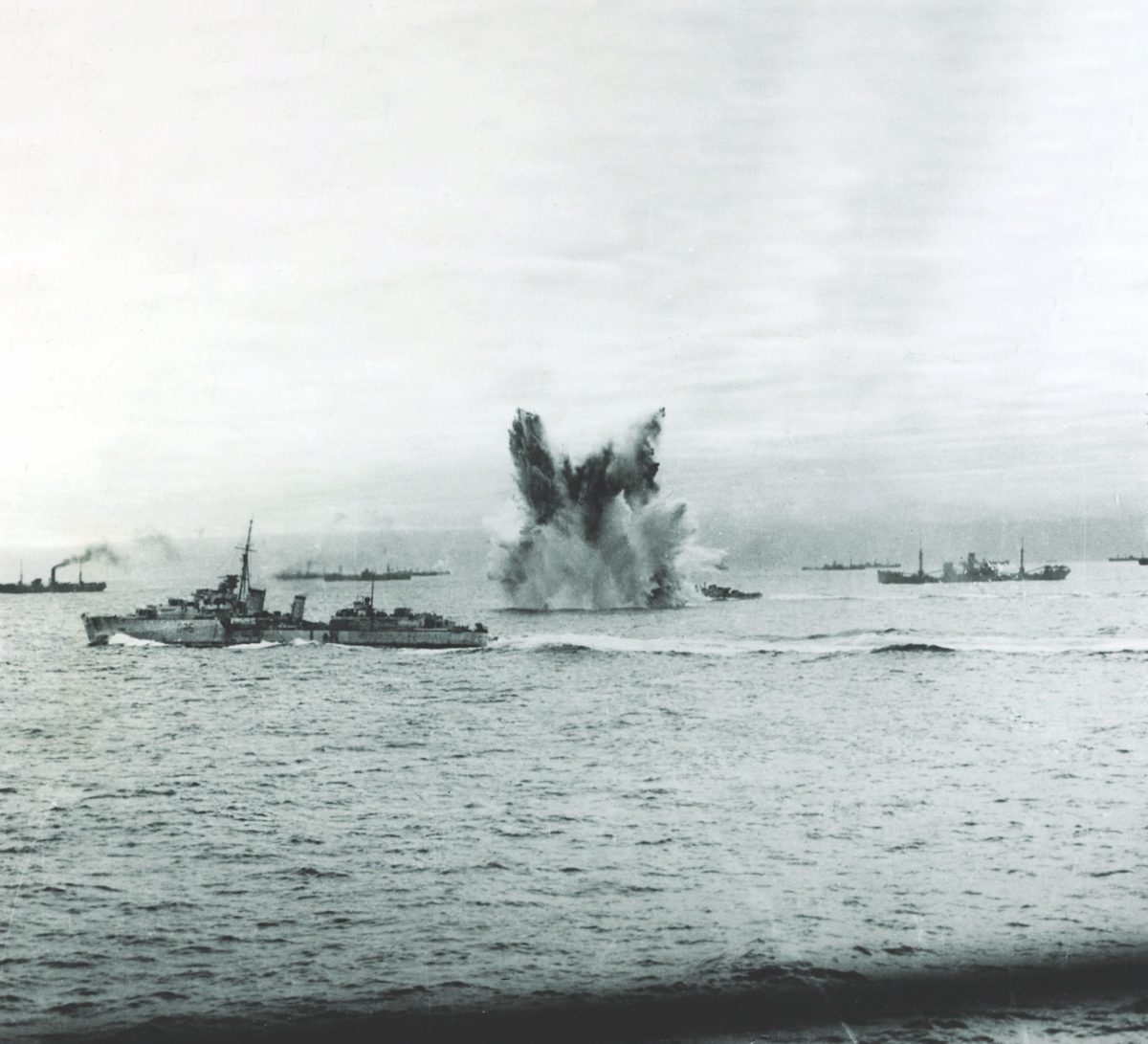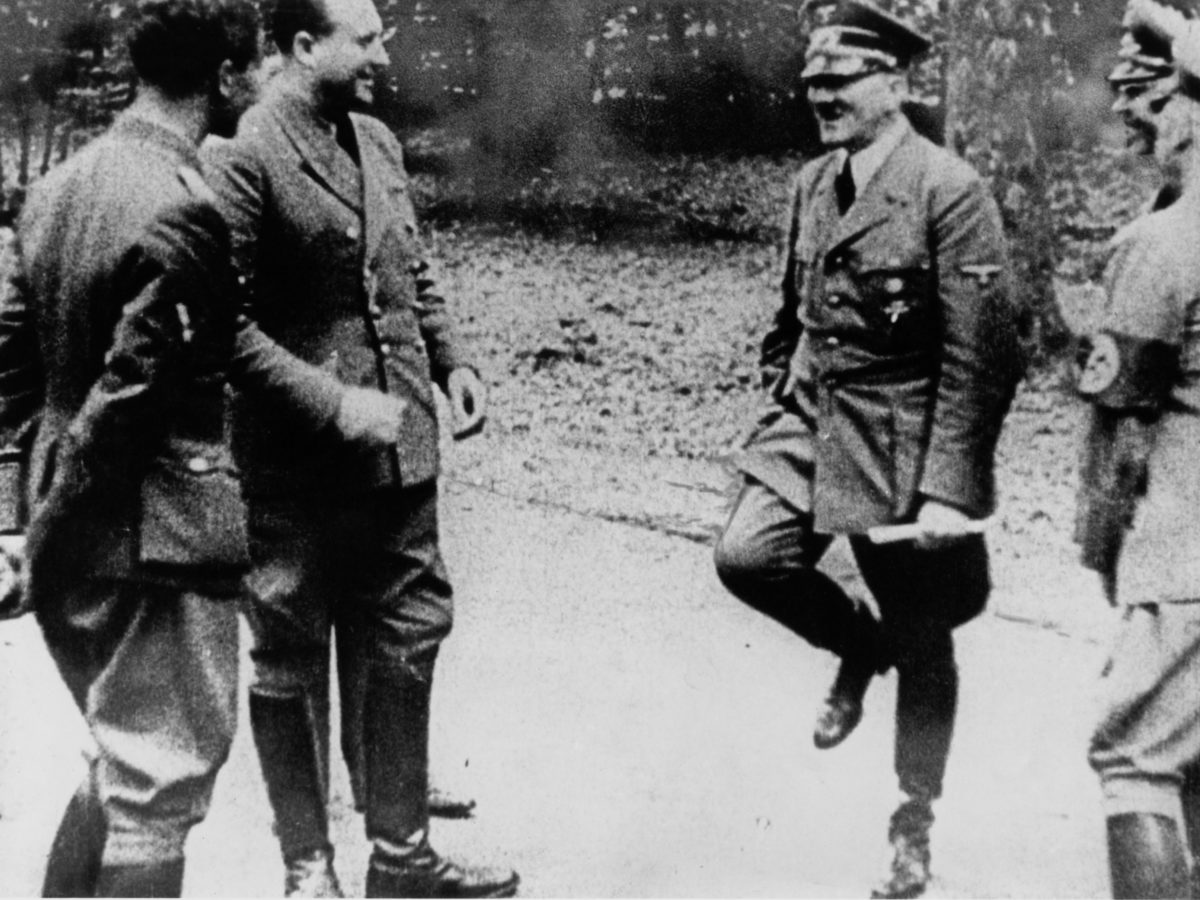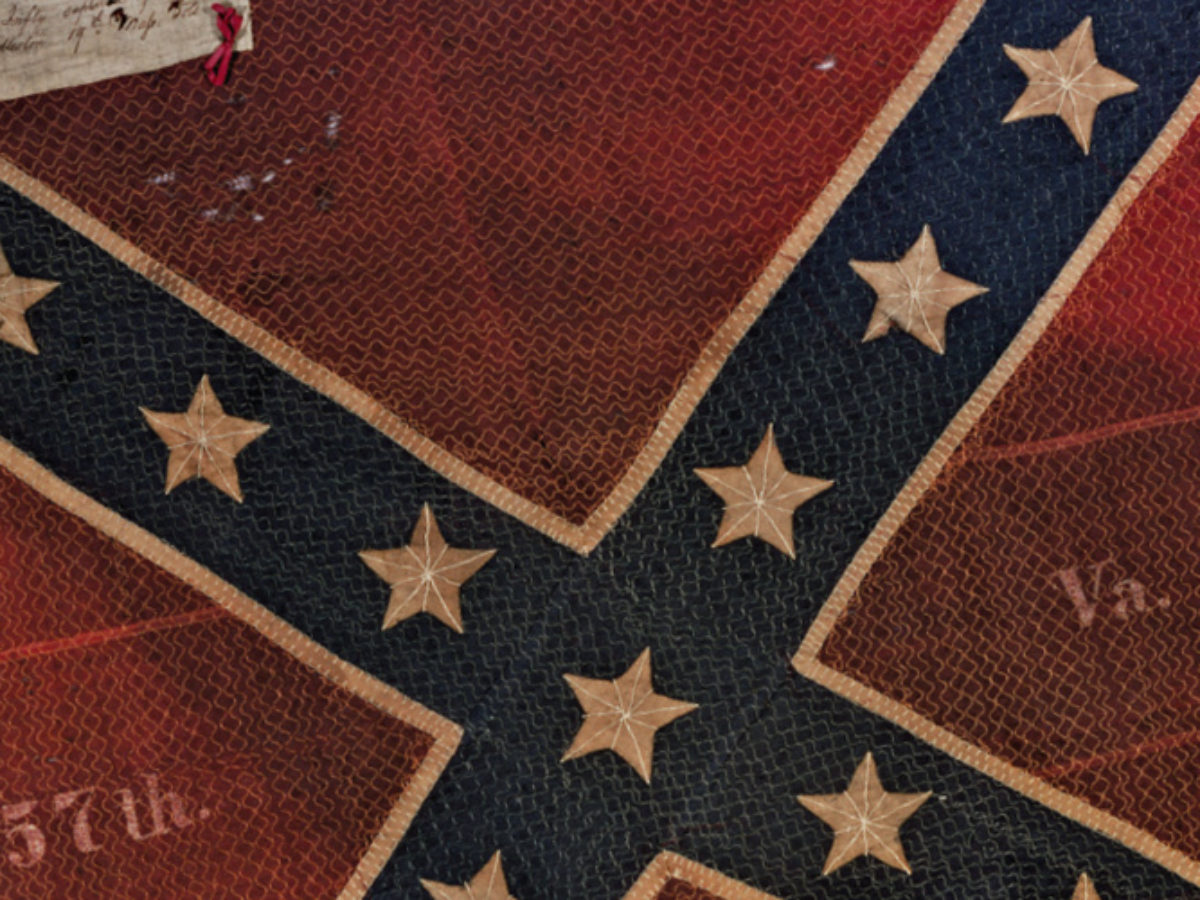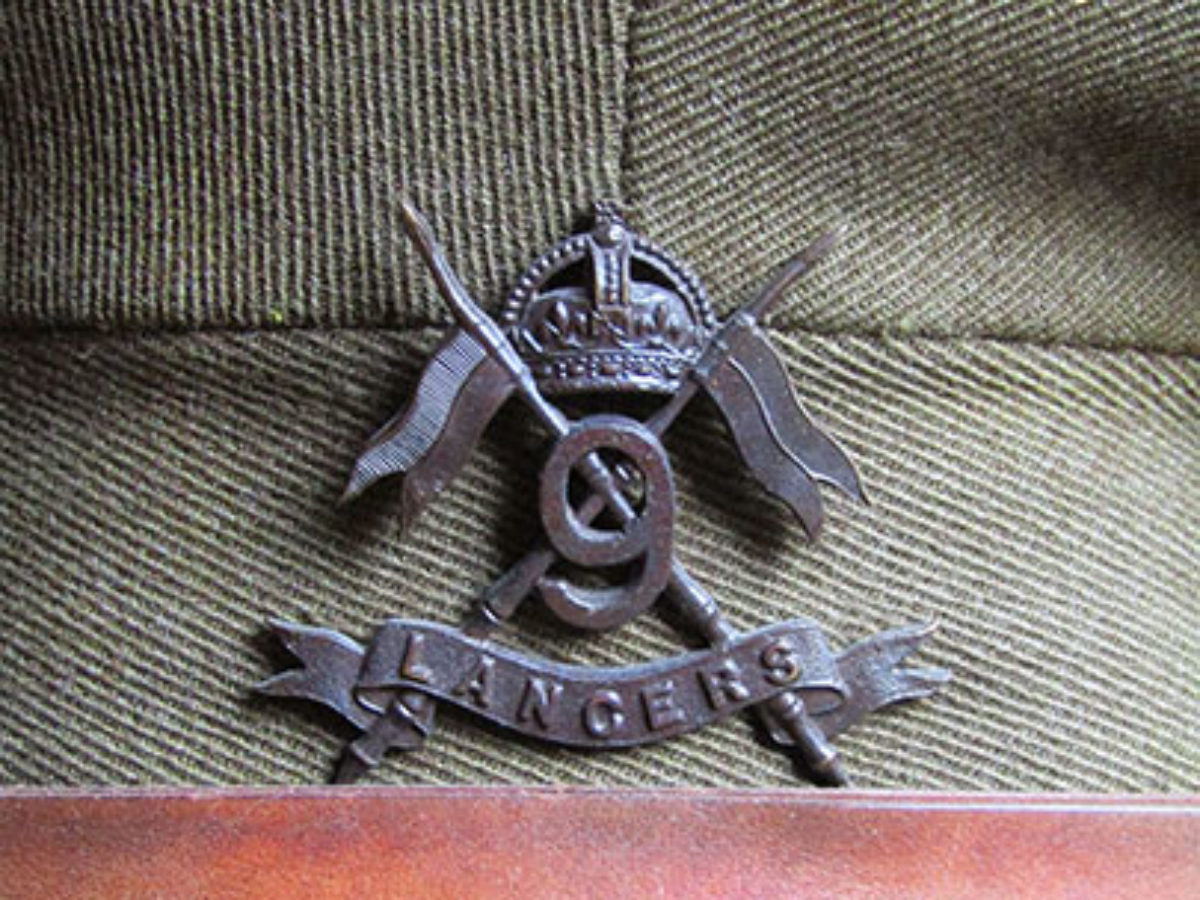Q: In an excerpt from the deck log of an LST (Landing Ship, Tank) in a November 1943 convoy heading from the Mediterranean to England, the log notes three times that the escorts executed or hoisted a “black flag.” What does a black flag indicate?
—P. M. Hoekstra, Memphis, Tenn.
A: This is a trickier question than it may at first appear. I checked with several naval history experts, and the consensus is that convoy escort vessels raised a black flag when they had contact with or were engaged in tracking and/or attacking a U-boat. A few of my colleagues recall that there was still a black flag in the shipboard flag locker as late as the Vietnam War, though it was never used by then.
One interesting note shared by my colleague Michael Whitby, a senior naval historian at the Canadian defense department’s Directorate of History and Heritage, is that Nicholas Monsarrat, author of the classic novel The Cruel Sea, and who served on a British corvette doing convoy duty in World War II, refers to the black flag in his book. When the commanding officer of the Flower-class corvette Compass Rose attacks a U-boat, he orders the black flag raised. That’s pretty conclusive.
Recommended for you
Ironically, in May 1945, the victorious Allies ordered that black flags serve a very different purpose—one of surrender. As Monsarrat put it, “All over the broad Atlantic, wherever they had been working or lying hid, the U-boats surfaced, confessing the war’s end…. [T]hey hoisted their black surrender flags, and stayed where they were, and waited for orders.”
—Craig L. Symonds, professor emeritus of history at the U. S. Naval Academy and author of the 2018 book, World War II at Sea: A Global History
Send queries to: Ask World War II, 9720 Wilshire Blvd., 6th floor, Beverly Hills CA 90212 or email: worldwar2@historynet.com
historynet magazines
Our 9 best-selling history titles feature in-depth storytelling and iconic imagery to engage and inform on the people, the wars, and the events that shaped America and the world.









